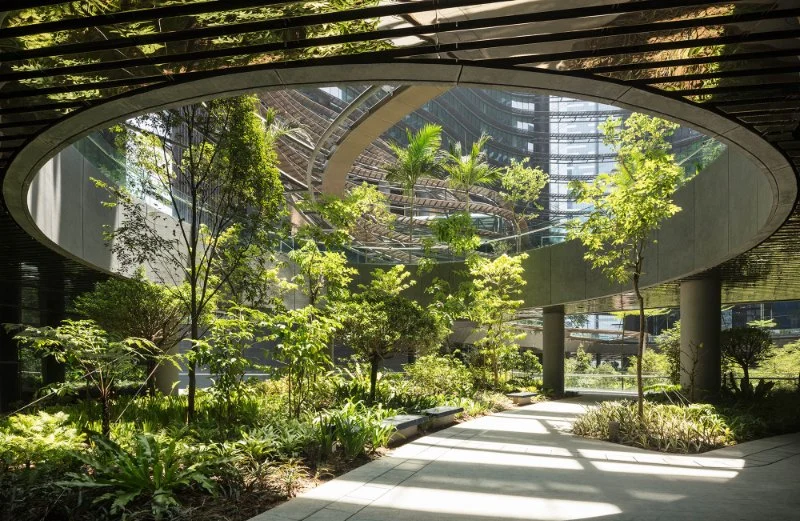
- 1. Understanding Landscape Design and Architecture
- 2. Assessing Your Property’s Architecture and Site
- 3. Key Design Elements for Blending Landscape with Architecture
- 4. Balancing Nature with Built Structures
- 5. Real-Life Inspiration: Successful Landscaping Projects
1. Understanding Landscape Design and Architecture
Landscape design is an art that requires understanding the interplay between nature and built structures. When designing a landscape that complements architecture, it’s essential to create harmony between the natural elements of the land and the artificial elements of the building. The goal is to make sure that the landscape doesn’t just surround the architecture but enhances it, creating a seamless transition between the indoor and outdoor spaces.
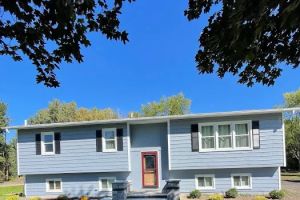
Rock Spring Landscape & Construction
15914 Green Rd, Harvard, IL 60033, USA
1.1 Why Landscape Should Complement Architecture
Well-designed landscaping is about creating a visual and spatial connection between the architecture and the surroundings. By carefully selecting plants, materials, and design elements, you can create a unified aesthetic that emphasizes the beauty of both the landscape and the building. Landscaping that complements architecture can increase property value, improve curb appeal, and provide an environment that enhances the user experience.

Preferred Excavating | Excavation and Demolition Contractor
LawrenceVan Buren CountyMichigan
215 Blackman St, Lawrence, MI 49064, USA
2. Assessing Your Property’s Architecture and Site
Before diving into the actual design process, it’s important to assess both the architectural style of the building and the physical characteristics of the site. This assessment will help determine what elements will best complement the structure and enhance its natural surroundings.
2.1 Understanding Your Building’s Style
The architecture of your property will dictate many aspects of your landscape design. Whether your building is modern, traditional, or rustic, the design elements you choose should reflect the style and materials used in the structure. For example, a sleek modern building might pair well with minimalist landscaping, while a Mediterranean-style villa may benefit from lush gardens and vibrant, textured plants.
2.2 Analyzing the Site
Every site is different, and site analysis is a key step in designing a landscape that works with the architecture. Take note of the topography, sunlight, wind, and soil type on the property. Consider how these natural elements will interact with your landscape and the building. Understanding your site’s unique characteristics allows you to plan better and avoid potential challenges down the line.
3. Key Design Elements for Blending Landscape with Architecture
There are several key design elements that can help you successfully blend your landscape with your architecture. These include hardscaping, plant selection, color coordination, and focal points.
3.1 Hardscaping: Creating a Strong Foundation
Hardscaping refers to the use of non-plant elements like pathways, patios, walls, and terraces. These elements are essential for creating structure and guiding movement in your landscape. When chosen carefully, hardscape materials such as stone, wood, or concrete can complement the building’s materials, enhancing its architectural features. For instance, a stone pathway can echo the stone accents on a rustic home, creating a cohesive look throughout the property.
3.2 Choosing the Right Plants
Plants play a crucial role in landscaping, and selecting the right ones to complement your architecture is vital. Think about the textures, colors, and shapes that will blend well with the structure. For example, tall trees or shrubs can provide verticality and scale, while groundcover can soften harsh lines. Native plants are a great choice, as they’re adapted to the local climate and often require less maintenance.
3.3 Color Coordination for Cohesion
Color coordination between your plants and your building is another way to create harmony. If your building has neutral tones, consider introducing pops of color through vibrant flowers or striking foliage. On the other hand, if the architecture has bold, colorful features, a more muted, calming landscape might be more appropriate. It’s about finding a balance that enhances both elements.
4. Balancing Nature with Built Structures
When designing a landscape that complements architecture, the goal is not to overpower the built structure with excessive landscaping. Instead, the design should enhance the natural beauty of the site and highlight the architectural features without competing for attention.
4.1 Creating Flow Between Indoor and Outdoor
One of the most important aspects of blending architecture and landscape is creating a seamless flow between indoor and outdoor spaces. Use design elements such as sliding glass doors, patios, and pergolas to connect the inside of the building with the outdoor areas. Landscaping around these features should emphasize the transition and make it feel like an extension of the indoor living spaces.
4.2 Incorporating Focal Points
Focal points such as sculptures, water features, or gardens can act as visual anchors in your landscape design. When placed strategically, these elements can draw attention to specific parts of the architecture, enhancing its overall impact. For example, a water feature near a modern home can soften the structure’s sharp lines while adding a sense of tranquility.
5. Real-Life Inspiration: Successful Landscaping Projects
Looking at real-life projects can provide valuable inspiration for your own landscape design. Here are a couple of examples that showcase how well-chosen landscapes can complement the architecture:
5.1 Modern Urban Home: Minimalist Landscaping
A recent project in New York City involved a minimalist urban home with sleek lines and industrial materials. The landscape design incorporated simple gravel paths, minimalist plants, and strategically placed lighting. This design not only enhanced the modern feel of the home but also created an inviting atmosphere for guests.
5.2 Mediterranean Villa: Lush Gardens and Terraces
In contrast, a Mediterranean villa in California featured expansive terraces, vibrant flower beds, and sculptural olive trees. The landscape was designed to flow seamlessly with the home’s traditional terracotta roof and stucco walls, creating a relaxed, luxurious feel. The use of outdoor living areas, such as a pergola-covered dining space, enhanced the overall aesthetic and created a beautiful space for entertaining.
For more ideas and inspiration, visit Beautiful Landscapes, where we offer expert services and products to help you design a landscape that complements your architecture beautifully.

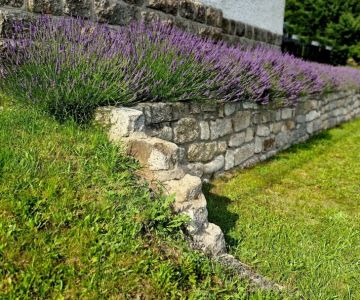
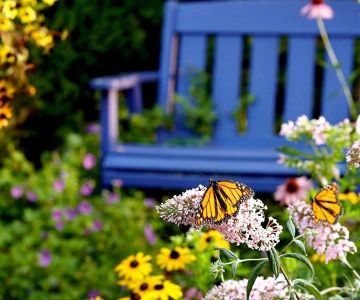
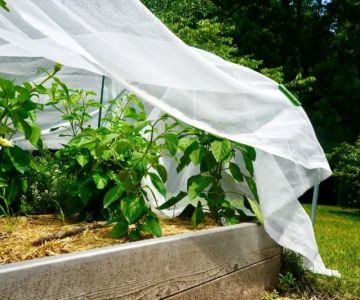

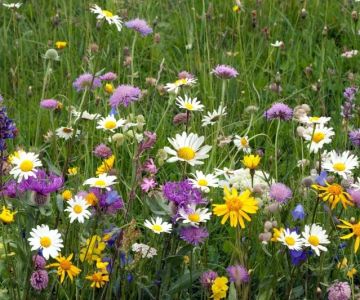
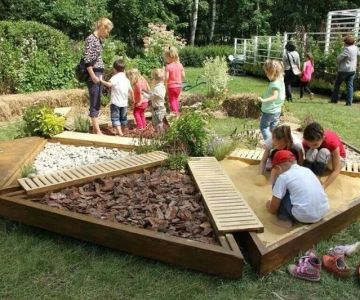
 3 Sons Landscaping3.0 (7 reviews)
3 Sons Landscaping3.0 (7 reviews) Stillman Valley Nursery & Garden Center4.0 (17 reviews)
Stillman Valley Nursery & Garden Center4.0 (17 reviews) Kingdom Lawn Care LLC5.0 (2 reviews)
Kingdom Lawn Care LLC5.0 (2 reviews)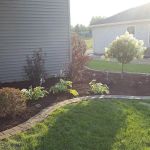 Star Landscaping4.0 (22 reviews)
Star Landscaping4.0 (22 reviews)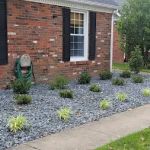 Cutting Edge Lawn Care LLC2.0 (4 reviews)
Cutting Edge Lawn Care LLC2.0 (4 reviews)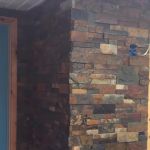 Outer Edge LLC5.0 (2 reviews)
Outer Edge LLC5.0 (2 reviews) How to Attract Birds & Butterflies to Your Landscape
How to Attract Birds & Butterflies to Your Landscape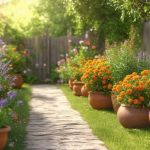 How to Design With Movement: Plants That Sway Gracefully in Your Garden
How to Design With Movement: Plants That Sway Gracefully in Your Garden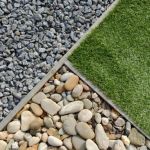 How to Use Decorative Gravel & Stone Finishes for Stunning Landscapes
How to Use Decorative Gravel & Stone Finishes for Stunning Landscapes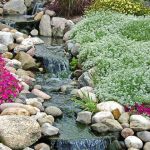 Best Ground Covers for Slopes & Erosion Control: Affordable and Effective Solutions
Best Ground Covers for Slopes & Erosion Control: Affordable and Effective Solutions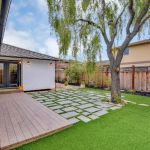 How Much Value Does Landscaping Add to a Home? Explore the Benefits and Impact
How Much Value Does Landscaping Add to a Home? Explore the Benefits and Impact How to Landscape a Front Yard for Maximum Curb Appeal: Expert Tips and Ideas
How to Landscape a Front Yard for Maximum Curb Appeal: Expert Tips and Ideas